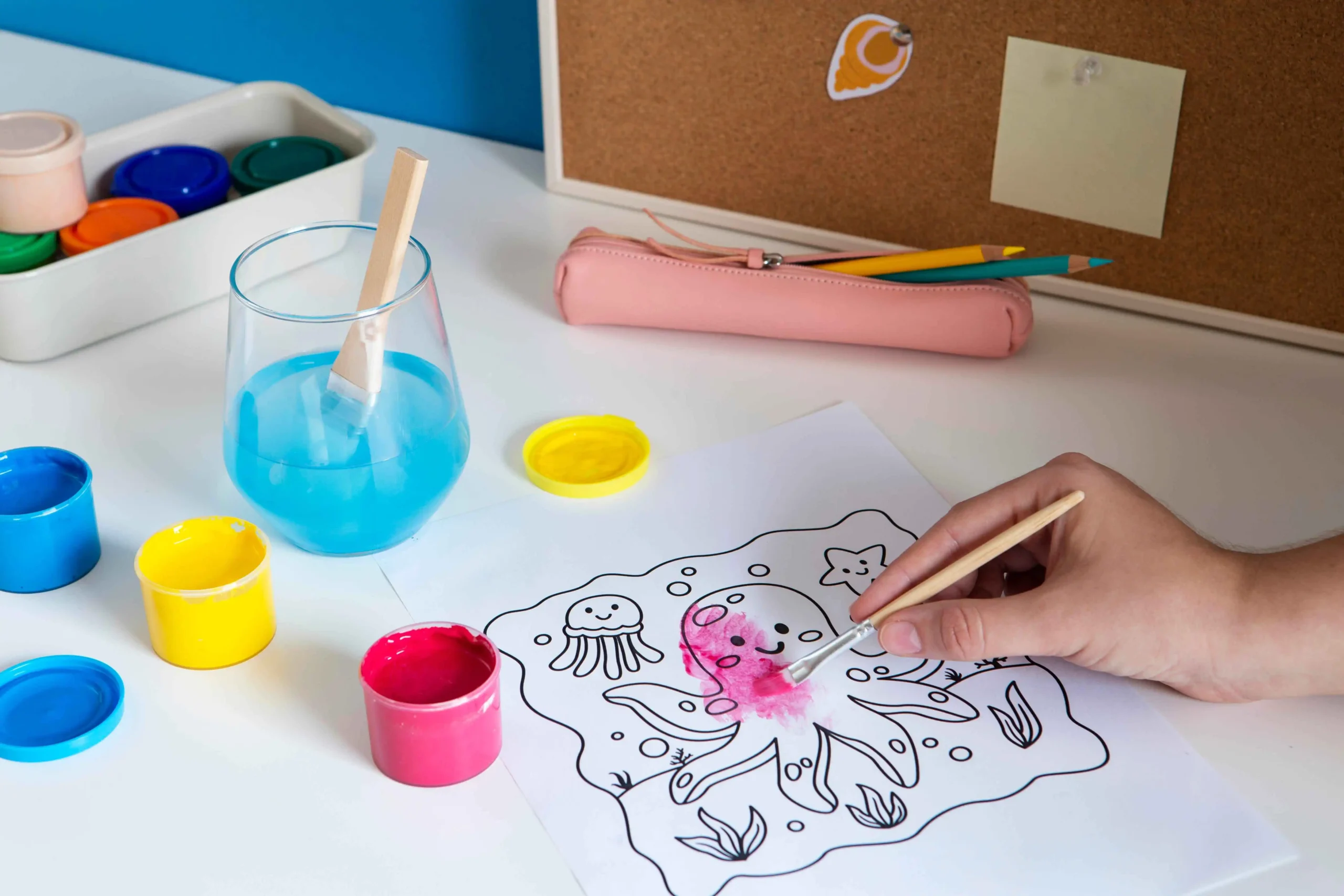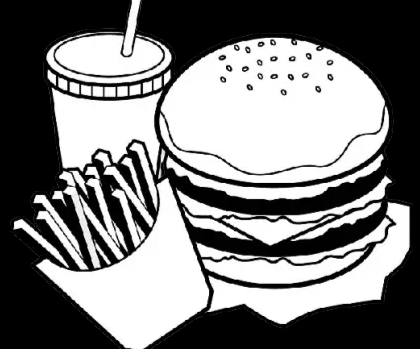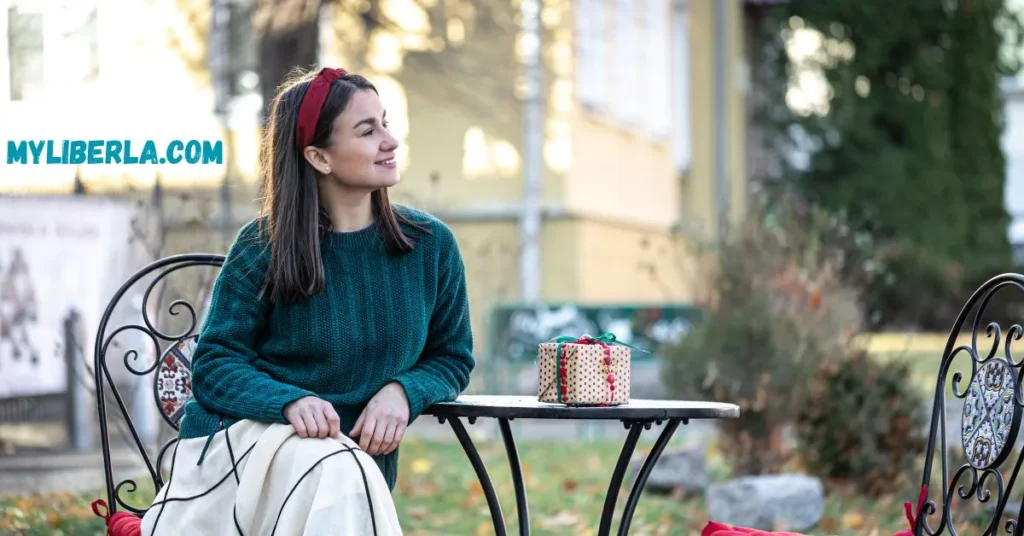Easy Drawings Made Effortless: A Step-by-Step Guide

Many people believe drawing is an innate skill, but the truth is, anyone can learn to draw with practice and proper guidance. In this step-by-step guide, you’ll discover how to create easy drawings that will impress your friends and family. Whether you’re a complete beginner or looking to refine your skills, these techniques will help you unlock your hidden artistic potential. Get ready to embark on a creative journey that will transform the way you approach drawing and boost your confidence as an artist.
The Essentials of Easy Drawings
Your first step toward easy drawings requires just a few supplies. A pencil, eraser, and paper are the fundamental tools for any artist. Consider investing in a set of quality graphite pencils with varying hardness levels to achieve different shading effects. A sketchbook is also invaluable for practicing and keeping your creations organized.
Mastering Simple Shapes
The foundation of easy drawings lies in mastering basic shapes. Start by practicing circles, squares, triangles, and ovals. These fundamental forms are the building blocks for more complex subjects. For instance, a cat’s face can be broken down into a circle for the head and triangles for the ears. By combining and manipulating these shapes, you can create an endless variety of drawings.
Developing Your Technique
Your goal should be to develop key techniques like line weight and shading. Experiment with applying different pressures to your pencil to create varied line thicknesses, adding depth and dimension to your drawings. Practice basic shading techniques such as hatching and cross-hatching to bring your sketches to life. Remember, consistency and patience are crucial in honing your skills.
Simple Sketching Techniques for Beginners
Start with Basic Shapes
When embarking on your drawing journey, begin with fundamental shapes. Circles, squares, triangles, and ovals form the building blocks of more complex drawings. Practice sketching these shapes freehand, focusing on consistency and proportion. As you become more comfortable, try combining basic shapes to create simple objects like a house or a car.
Master the Art of Contour Drawing
Contour drawing is an excellent technique for honing your observational skills. Choose a simple object and draw its outline without lifting your pencil from the paper. This exercise trains your hand-eye coordination and helps you capture the essence of an object with minimal lines. Start with everyday items like a mug or a leaf, gradually progressing to more intricate subjects.
Experiment with Shading Techniques
Introduce depth and dimension to your sketches by exploring various shading methods. Practice hatching (parallel lines), cross-hatching (overlapping lines), and stippling (dots) to create different textures and tones. Begin with simple geometric shapes, applying light to dark shading to transform 2D shapes into 3D forms. Remember, consistent pressure and spacing are key to achieving smooth, realistic shading.
10 Quick and Easy Drawing Ideas to Try Today
Looking to unleash your inner artist? Here are 10 simple drawing ideas to spark your creativity and hone your skills:
Everyday Objects
Start with items you see daily. Sketch a coffee mug, your favorite book, or a pair of shoes. These familiar objects provide great practice for shading and perspective.
Nature-Inspired Sketches
Capture the beauty of the outdoors. Draw a leaf, a simple flower, or a tree silhouette. Nature offers endless inspiration for both beginners and experienced artists alike.
Cartoon Characters
Let your imagination run wild with fun, cartoonish creations. Start with basic shapes to form a cute animal or a whimsical creature. This exercise helps develop your unique style.
Abstract Patterns
Explore lines, shapes, and forms without the pressure of realism. Create a geometric design or a series of interconnected doodles. This freeform approach can be both relaxing and creatively stimulating.
Remember, the key is to start simple and build your confidence. Don’t worry about perfection – focus on enjoying the process and expressing yourself through art.
Conclusion
When you begin your artistic journey, remember that simple sketches are the building blocks of more complex creations. By mastering these simple techniques, you’ve laid a solid foundation for your artistic growth. Don’t be discouraged if your first attempts aren’t perfect – practice and patience are key.
Experiment with different subjects, styles, and materials to find what resonates with you. Most importantly, enjoy the process of creating and expressing yourself through art. Whether you’re sketching for relaxation or pursuing a new hobby, these easy drawing methods will serve you well. Keep your pencil moving, and watch your skills evolve with each stroke.
Visit Factor-meals.com for more.



